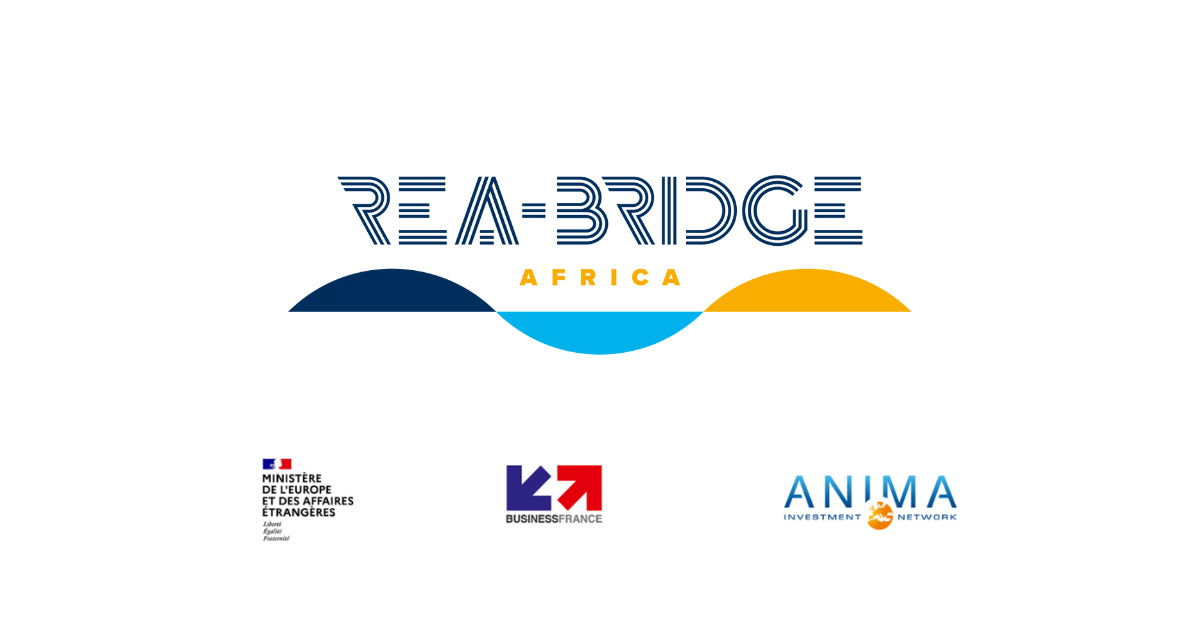The EU has one of the strongest research and development sectors in the world. However, in the area of AI and machine learning, the EU is lagging behind countries such as the USA, China, and the United Kingdom[1]. One of the main reasons for this lag is that the EU workforce does not have as many AI specialists, and such specialists are fundamental for capitalizing on the many opportunities AI and related technologies can provide a society and economy.[2] The EU lacks skills in key innovative technologies, including those associated with IoT devices and enabling technologies, namely in AI, and robotics, cyber security, and big data and analytics[3]. Indeed, data shows that graduates trained in AI related skills will migrate to countries where employment opportunities for AI are better, perhaps unsurprisingly, the USA and China. The fact that AI specialists are in short supply is a well-documented fact and needn’t be revisited at length here. What is of interest however is to consider the question: why it is so difficult to provide more AI education opportunities in the EU and its member states?
While of course many initiatives are no doubt underway to address the challenges to teaching AI discussed here, this article aims to highlight and summarise key challenges areas for teaching AI. We also provide some insights into the types of approach and ideas which could be implemented to address those challenges.
Unmet demand for AI and related skills amongst students
The reality of the current situation is that the demand for programmes teaching AI and related skills far outstrips the supply of said educational programmes. As such there is certainly room for educational institutions to invest in developing more programmes to fill the gap. At the bachelor level in particular there is unmet demand for places in these types of studies suggesting that there is untapped human capital potential in the EU. Between 2019 and 2020, The EU’s Joint Research Council (JRC) indicates that between 2019 and 2020 at the bachelor level, the unmet demand for AI constituted some 273,300 places, 53,300 places for high performance computing (HPC) studies, 159,300 for cybersecurity (CS), and 213,400 places for data science (DS) courses. At the master level the unmet demand constituted 150,400 places for AI, 33,200 places in HPC, 59,100 places in CS, and 167,000 places in DS.[4] These statistics demonstrate there is a huge demand for these study areas. The JRC also posits that the unmet demand for such study areas is in part due to the lack of properly qualified teaching staff in these high-tech study areas.
Key challenges to teaching AI skills
Drawing on work conducted by Technopolis on AI education programmes and on the EU innovation dependence with China, we identify a number of key issues which make teaching AI a challenge. These include:
- The breadth of the concept of AI and difficulties in taking stock: what does AI really entail and which skills does one actually need to be considered an AI specialist? This is a thorny but important fundamental consideration to reflect on. Without knowing what exactly the scope of the field involves designing curricula, learning approaches and teacher qualifications becomes near impossible. AI is a broad catch-all term however which involves a myriad of skills and competences which we often find in related, but separate disciplines of study. These concern, amongst others, fields like, AI and robotics, AI and machine learning, data science, big data and analytics, high performance computing, and cybersecurity[5]. Besides these fields there are growing numbers of masters and bachelors with minors and specific subjects on AI and AI application. However, the degree to which such studies focus on AI is difficult to gauge – a mention of AI and machine learning in a study brochure may suggest that the programme focusses on AI but how strong is this focus in reality? And which skills do graduates leave their higher education with? Understanding which types of studies, the EU and its member states offer and the extent of the emphasis on AI forms a challenge; without knowing what we have in place it is difficult to understand what else we need to train tomorrow’s workforce.
- Rapid evolution of AI and updating curricula: a further important factor which affects most technology-reliant disciplines is the fact that field evolves incredibly quickly. Designing curricula and teacher qualification requirements is difficult when the content and state of the art of the field evolves at such a rapid pace. Establishing mechanisms within policy institutions (such as national ministries, educational agencies and certification bodies), and within educational institutions which provide a system for rapidly updating curricula requirements is a continued challenge and one which must be considered further.
- Teaching the teachers: understanding what to teach students and learners is an important step but establishing how best to teach the material is another. In this context a genuine challenge in the EU is the lack of sufficient expertise amongst teachers to teach AI related skills and disciplines. There are not enough highly trained specialists in the EU to teach others within universities. This relates to the fact that AI is a theoretical and practical field and requires practical experience to understand properly. Furthermore, private enterprises in the tech fields tend to have the necessary equipment in house for applying AI and machine learning innovations. In practice as a result, countries such as the Netherlands, see an increase in trainers from the private sector being recruited to teach the more technological aspects of AI to bachelor and master students. Developing qualification standards for teachers and actually teaching those teachers form other obstacles in the roll-out of more AI related education programmes due to the aforementioned challenges of not having enough qualified specialists in the EU and the breadth and rapid evolution of the field.
- The pedagogical approach: how best to teach AI? It is also necessary to consider which types of pedagogical approaches are most suited to teaching students the necessary AI related skills. Building on the point above, AI skills have a practical as well as a theoretical component and accommodating both within teaching approaches is another point for reflection. Higher education institutions tend to be more theoretically orientated, (with the exception often of universities of applied sciences) and not always appropriately equipped to provide a more pragmatic teaching approach. This pedagogical approach in turn is also affected by the rapidly evolving nature of the AI field and the need for teachers to keep updating their skills and competencies as well.
While there are many education institutions across Europe teaching or starting to teach AI, AI related skills, and the application of AI in particular sectors, the unmet demand for teaching programmes remains. Given the challenges above it may well be that we must reflect on different ways of designing educational programmes and consider how higher educational institutions can become better equipped to teach AI.
Possible steps to increase the supply of AI education programmes
While the above discussion sketches some very real challenges to teaching AI, steps are being taken across the EU with member states implementing practices and new approaches to address them. Some possible steps include:
- Developing a framework which defines what are considered as AI related skills and an inventory approach which will allows EU member states to develop their own inventories of AI education programmes. In the previously cited JRC study, categories were developed for different study types which are relevant to AI for instance to help gauge the demand. The Dutch AI Coalition (NL AIC) in turn has developed an inventory of training programmes in place which teach AI skills[6].
- Public-private partnerships: enhancing cooperation between industry and higher education institutions could help to increase the number of education programmes for AI. Collaboration between industry and educational institutions on which skills industry needs and how best those could be taught could improve the design of curricula for AI related skills as well as strengthening the teaching base for AI. Furthermore, teaching approaches could be considered which do not strictly take place at universities or educational institutions, but which also take place in enterprises and the private sector. Such practices are already underway in certain countries and experiences with such initiatives could be shared more broadly between interested practitioners and policy makers across the EU[7].
- Establishing policy frameworks which allow for more flexible and rapid updating of curricula and certification standards would also help to provide a systematic approach to keeping curricula up to date with the evolutions in the AI and machine learning technology.
- Sharing good practices regarding the teaching and training of teachers, as well as for pedagogical approaches to teaching AI and machine learning in a continuous and interactive manner could help the overall learning and enhance the state of the art in teaching AI[8].
[1] IT Chronicles, (2019), The AI Skills Shortage, https://itchronicles.com/artificial-intelligence/the-ai-skills-shortage/
[2] Cedefop, (2019), Building a Better Working Europe – Cedefop Seminar, 25 June 2019, available at: https://www.cedefop.europa.eu/files/cenderello_25-06-2019_building_a_better_working_europe.pdf .
[3] Cedefop, (2019), Building a Better Working Europe – Cedefop Seminar, 25 June 2019, available at: https://www.cedefop.europa.eu/files/cenderello_25-06-2019_building_a_better_working_europe.pdf .
[4] JRC, (2020), Estimation of supply and demand of tertiary education places in advanced digital profiles in the EU, available at: https://publications.jrc.ec.europa.eu/repository/handle/JRC121680 .
[5] JRC, (2020), Estimation of supply and demand of tertiary education places in advanced digital profiles in the EU, available at: https://publications.jrc.ec.europa.eu/repository/handle/JRC121680
[6] NL AIC, (2020), NL AIC Trainingsplatform, https://educatie.nlaic.com/ .
[7] An example is the Kickstart AI initiative, an educational course on AI established by a several large Dutch enterprises, including Phillips, KLM, ING Bank, Ahold Delhaize and the National Railservice (NS): https://www.kickstartai.nl/
[8] An example from the UK is the new National AI Centre in Tertiary Education in the UK being set up by non-profit Jisc in collaboration with UK innovation universities to amongst others, assess AI teaching approaches and to promote effective approaches. https://www.jisc.ac.uk/rd/projects/national-ai-centre .




